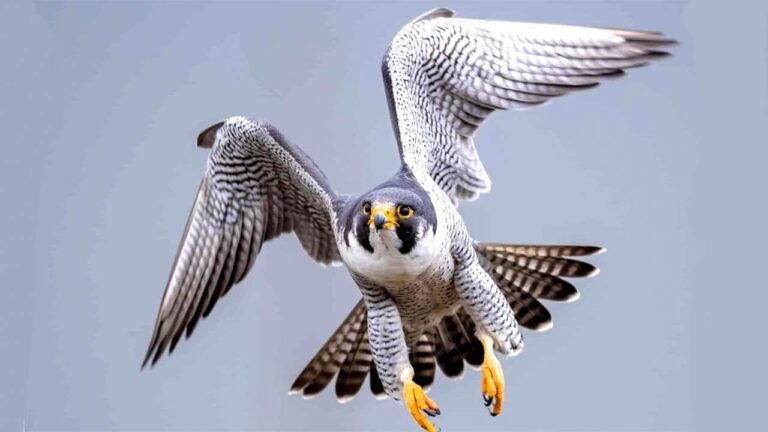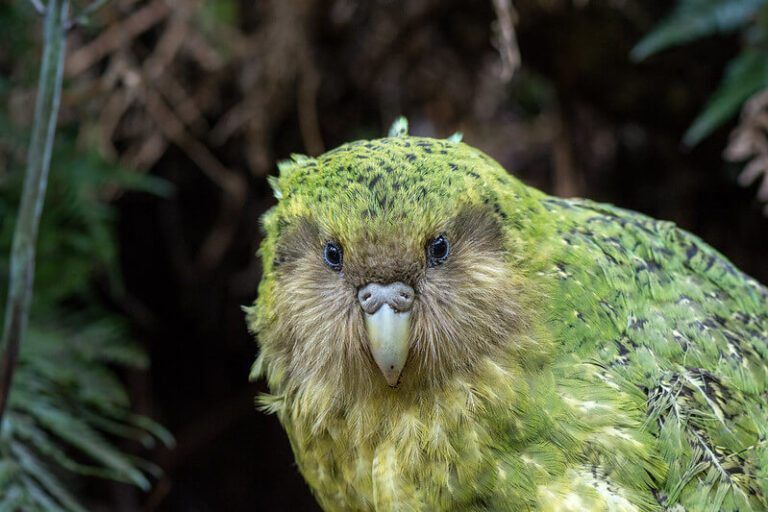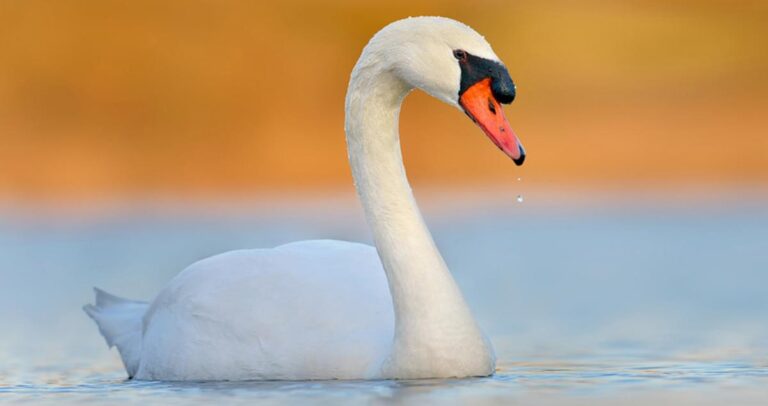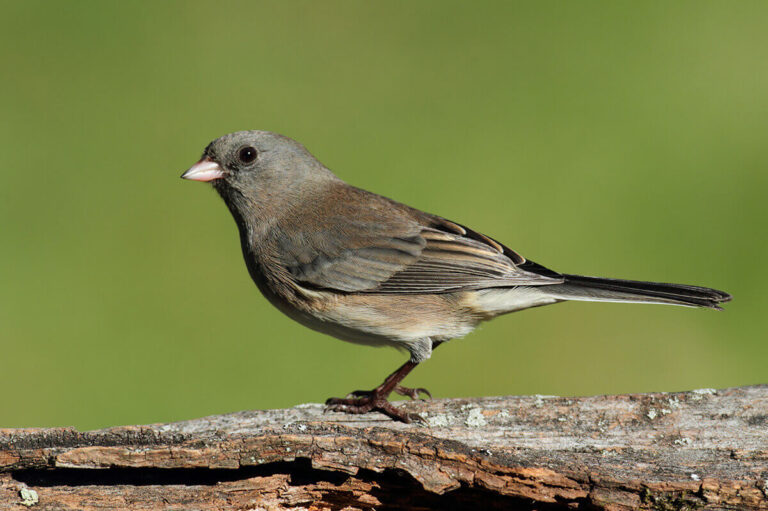Barn Owl: Habitat, Behavior, Diet, and Conservation Insights
The barn owl (Tyto alba) is a fascinating and widespread bird of prey known for its distinctive heart-shaped face, silent flight, and crucial role in rodent control. This article will explore the scientific classification, physical characteristics, habitat, behavior, diet, reproduction, predators, conservation status, and much more about this iconic species.
Contents
Scientific Classification
- Kingdom: Animalia
- Phylum: Chordata
- Class: Aves
- Order: Strigiformes
- Family: Tytonidae
- Genus: Tyto
- Species: Tyto alba
The barn owl belongs to the family Tytonidae, which is separate from the Strigidae family (typical owls). Tyto includes various species, but Tyto alba is the most widely distributed.
Physical Characteristics

Barn owls are easily identifiable due to their unique appearance:
- Size: Medium-sized owl with a wingspan of 31–37 inches (80–95 cm) and body length of 12–16 inches (30–40 cm).
- Weight: Weighs between 14–24 ounces (400–700 grams).
- Plumage: The upper parts are golden-brown and speckled with black and white spots, while the underparts are pale white or buff.
- Facial Disk: Distinctive, heart-shaped, pale face, which helps direct sound toward their highly developed ears.
- Eyes: Dark, forward-facing eyes that enhance depth perception, critical for hunting in low-light conditions.
- Beak and Talons: Sharp and powerful nails are ideal for capturing prey.
Habitat and Distribution
Habitat
Barn owls are highly adaptable birds and are found in a wide range of habitats:
- Preferred Habitats: Open fields, farmlands, grasslands, and wetlands. They prefer areas with abundant prey and suitable nesting sites like old barns, tree hollows, and cliffs.
- Roosting Sites: They often roost in quiet, secluded places during the day, such as in buildings, tree cavities, or caves.
Geographic Range
- Global Distribution: Barn owls have a cosmopolitan distribution on almost every continent except Antarctica. They are widespread across North and South America, Europe, Asia, Africa, and Australia.
Behavior and Hunting Techniques
Nocturnal Behavior
Barn owls are primarily nocturnal hunters. They begin hunting at dusk and continue throughout the night. Their flight is incredibly silent due to the special structure of their feathers, allowing them to surprise their prey.
Hunting Techniques
Barn owls are specialized in hunting small mammals, particularly rodents. They rely heavily on their exceptional hearing and vision to detect prey:
- Silent Flight: Their fringed wing feathers minimize noise, giving them an advantage when sneaking up on prey.
- Echolocation: While not true echolocation like bats, their facial disk helps them pinpoint sounds, even in complete darkness.
- Ambush and Capture: Once prey is located, they swoop down with remarkable accuracy and grasp it with their sharp talons.
Diet
Barn owls are carnivorous, and their diet primarily consists of:
- Rodents: Voles, mice, and rats comprise the bulk of their diet, especially in agriculture.
- Small Birds: Occasionally, they prey on smaller birds such as sparrows or starlings.
- Insects and Amphibians: In some regions, barn owls feed on insects like beetles or frogs.
Their role in controlling rodent populations has made them invaluable to farmers.
Reproduction and Life Cycle
Breeding Season
Barn owls can breed year-round in some regions but typically reproduce in temperate zones during the spring and summer months.
Nesting
- Nesting Sites: They nest in tree cavities, barns, cliffs, and even in artificial nest boxes provided by conservationists.
- Clutch Size: Females lay between 4 to 7 eggs, which are incubated for about 30 days.
- Fledging: The chicks are altricial (born helpless) and rely on their parents for food. They fledge after about 50–55 days but may remain dependent on their parents longer.
Lifespan
In the wild, barn owls have a lifespan of about 4 to 10 years, though some individuals may live longer under favorable conditions.
Predators and Threats
Natural Predators
Although barn owls are formidable hunters, they do have natural predators, including:
- Larger Birds of Prey: Eagles, hawks, and larger owls (like the great horned owl) may prey on barn owls.
- Mammals: Foxes, raccoons, and other carnivorous mammals may prey on barn owl chicks or raid nests.
Human-Caused Threats
- Habitat Destruction: Loss of nesting sites due to deforestation or the destruction of old barns poses a significant threat.
- Pesticides: Using rodenticides can reduce prey availability and even poison barn owls if they consume contaminated rodents.
- Collisions: Barn owls are also vulnerable to vehicle collisions, especially near highways.
Conservation Status
According to the IUCN Red List, the barn owl is classified as a species of Least Concern globally. However, in certain regions, populations have declined due to habitat loss and pesticide use. Conservation efforts such as providing nest boxes and promoting organic farming have supported barn owl populations.
Evolutionary History
Barn owls have a long evolutionary history, with fossil records dating back over two million years. They are one of the oldest surviving species of owls, showing little change in physical characteristics over millennia. This stability in their evolutionary development highlights the success of their hunting and survival strategies.
Relationship with Humans
Cultural Significance
Barn owls have played a significant role in human culture:
- Folklore and Mythology: In many cultures, barn owls have been revered and feared. Some view them as symbols of wisdom, while others associate them with death or bad omens.
- Agricultural Ally: Farmers greatly appreciate barn owls’ role in controlling pest populations, particularly rodents that damage crops.
Barn Owls in Conservation
Conservationists have encouraged using barn owls as natural pest control in agricultural areas. Nest box programs have been established worldwide to boost populations, especially in areas where traditional nesting sites have been lost.
Interesting Facts About Barn Owls
- Amazing Hearing: Barn owls have the most sensitive hearing of any bird, capable of detecting prey sounds in complete darkness.
- Silent Flight: Their feathers are uniquely adapted to minimize flight noise, allowing them to approach prey undetected.
- Global Presence: The barn owl is one of the most widespread species of birds, with a range that spans six continents.
- Pale Appearance: Unlike many owls with darker plumage, the barn owl’s light coloration is thought to help them blend in with pale moonlit environments.
Conclusion
The barn owl is a remarkable and widely distributed bird of prey with unique adaptations for nocturnal hunting, making it a vital player in controlling rodent populations. Despite facing threats from habitat destruction and human activities, its ability to adapt to various environments has allowed it to thrive in many parts of the world. The barn owl’s relationship with humans, particularly its role in agriculture, emphasizes the importance of conserving this species for future generations.
- Golden Retriever Pros and Cons: What Every Pet Parent Should Know - 15 September 2025
- Cane Corso Dog Breed: Health, Care, and Lifespan - 14 September 2025
- Catahoula Leopard Dogs: Description, Temperament, Lifespan, & Facts - 21 July 2025







